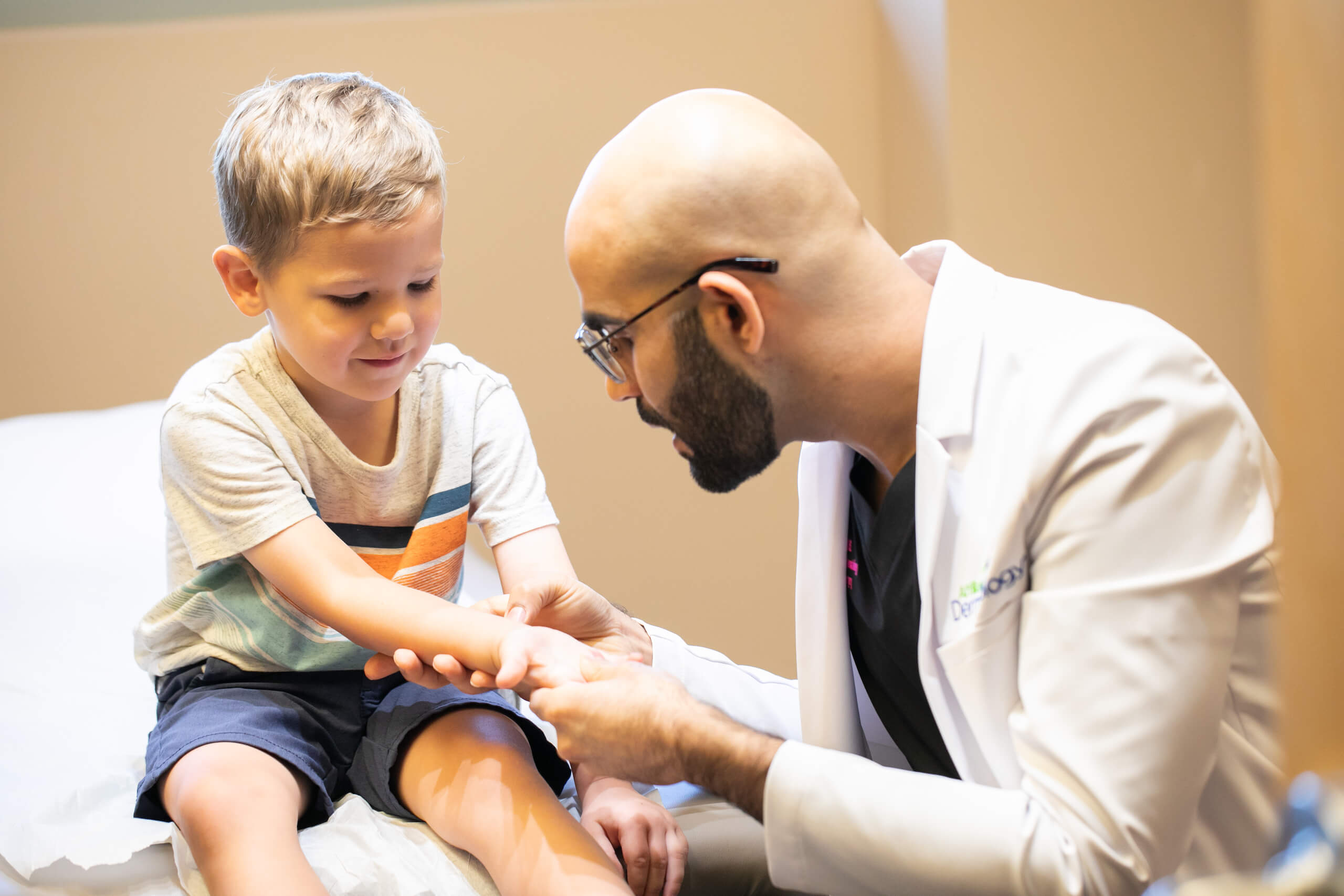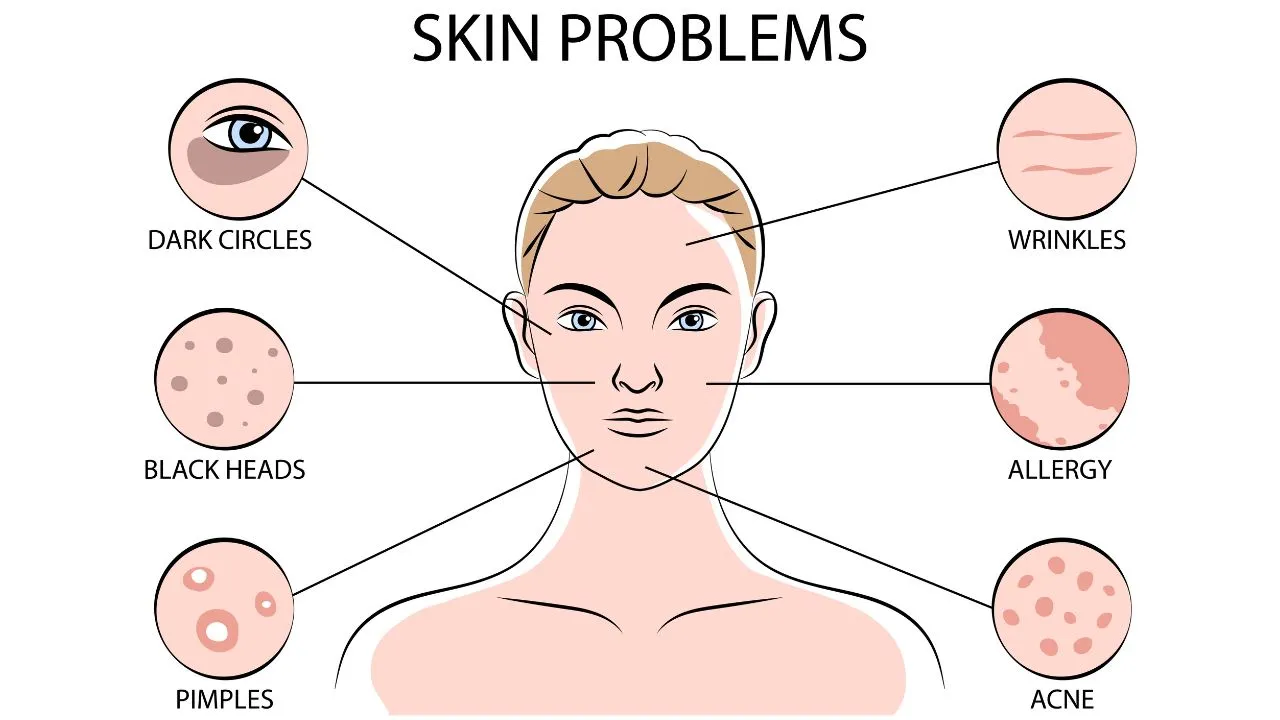Search for a trusted dermatologist near you for treatment.
Search for a trusted dermatologist near you for treatment.
Blog Article
Mohs Surgery Explained: A Trick Treatment in Dermatology for Managing Skin Cancer Cells Properly
In the realm of dermatology, Mohs surgical treatment stands as a crucial treatment for combating skin cancer cells, specifically basic cell and squamous cell cancer. What precisely makes Mohs surgical treatment so efficient and exactly how does it contribute to positive client results?
Comprehending the Fundamentals of Mohs Surgical Treatment
Although it may seem complex, Mohs surgery is an accurate surgical technique used predominantly to deal with skin cancer cells. Called after Dr. Frederic E. Mohs, who developed the procedure, it provides the highest possible treatment rate for specific kinds of skin cancers, consisting of basic cell cancer and squamous cell carcinoma. The primary purpose of Mohs surgical procedure is to remove all cancer cells while saving as much healthy cells as possible. It offers as a recommended choice for cancers situated in cosmetically sensitive or functionally vital areas like the face, hands, feet, and genital areas. Its precision and high success rate have actually made Mohs surgery a cornerstone in dermatology, using wish to patients worldwide. It is necessary to note, however, that this treatment is usually reserved for certain kinds of skin cancer cells.

The Treatment: Step-by-Step Malfunction of Mohs Surgical Procedure
While Mohs surgery may seem overwhelming, comprehending the detailed treatment can aid debunk the procedure. The treatment starts with the surgeon eliminating a thin layer of visible malignant skin. This layer is after that thoroughly examined under a microscopic lense for cancer cells. If cancer cells are spotted, the cosmetic surgeon eliminates one more layer of skin and the process is duplicated. This cycle proceeds up until say goodbye to cancer cells are located, ensuring the complete elimination of cancer cells while protecting as much healthy and balanced skin as possible. The wound is then shut making use of stitches, a skin graft, or it may be delegated heal normally. Postoperative treatment is necessary to advertise recovery and screen for any signs of reappearance.
The Benefits of Mohs Surgery in Skin Cancer Therapy
An outstanding number of individuals have actually found the special advantages of Mohs surgical procedure in their battle against skin see this here cancer. The procedure is usually done on an outpatient basis under regional anesthesia, making it less taxing on the body than more intrusive surgical procedures. skin cancer. Mohs surgical treatment presents a superior option for reliable skin cancer cells therapy.
Possible Threats and Problems Connected With Mohs Surgery
Despite its countless advantages, Mohs surgery is not without possible dangers and complications. Like all surgeries, it carries a threat of infection, bleeding, and an adverse response to anesthesia. In uncommon cases, people may experience nerve damages, causing pins and needles or weak point in the area of surgical procedure. There's likewise the opportunity of a reoccurrence or spread of skin cancer cells, especially if all malignant cells were not totally removed during the treatment. Scarring is an additional concern, as it can be recognizable depending on the dimension and area of the treated location. Lastly, the psychological impact of a skin cancer medical diagnosis and subsequent surgical procedure should not be taken too lightly, as it can lead to stress and anxiety and clinical depression in some clients.
Planning for and Recouping From Mohs Surgical Procedure: What to Anticipate
To make certain the finest possible result from Mohs surgery, individuals need to appropriately prepare for the procedure and recognize what to expect throughout recovery. Some drugs might require to be stopped before the surgical procedure to reduce blood loss. The key to recovery is individuals' adherence to their healthcare supplier's instructions.
Final thought

Report this page